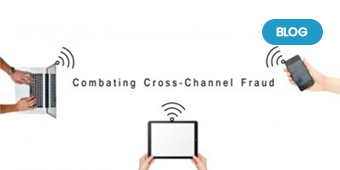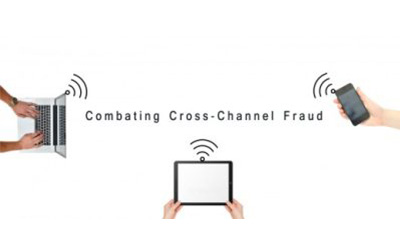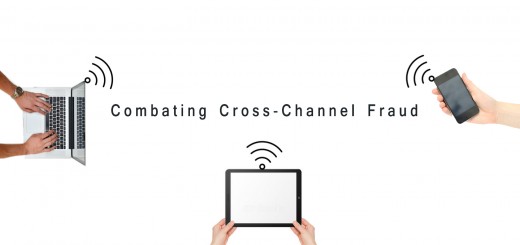Month: September 2015
Combating Cross-channel Fraud
Combating Cross-channel Fraud
Banks throughout the world are recognizing that fraud has become sophisticated and more and more pervasive. Potential projected global fraud losses related to occupational fraud are estimated to be more than $3.5 trillion.
While direct losses due to fraud are startling, the actual loss incurred is much higher in terms of loss of productivity, loss of customer confidence and attrition, notwithstanding losses due to fraud that goes undetected. Attacks against operational systems and infrastructures such as online banking and e-commerce can result in direct loss of business or revenue. Any kind of intrusions into information systems can result in massive theft of sensitive data or customer information.
Such enormous pressure on banks from fraud incidents and financial crime comes at a time when financial services organizations must deal with a new and expanding regulatory environment. Thus, the current environment is putting the banks’ fraud management capabilities into question.
Traditional fraud management systems have never been able to keep up with the sophistication of fraud across channels. The combat systems work in silos similar to a starfish and have the capability of monitoring frauds across only a single channel at a time. Thus, such systems are ineffective at identifying and combating cross-channel frauds. Banks should move away from silo based systems to take into account channel-specific fraud management techniques that have the ability to share information with other channels for combating cross-channel fraud.
The Problem with Current Fraud Management Solutions
Fraudsters on the prowl are constantly increasing their sophistication level rendering many fraud detection systems ineffective at identifying fraud. While rules-based systems are adept at spotting fraud patterns, it runs the risk of flagging many legitimate customers while fraudsters can use trial and error to discover ways to circumvent the system.
In addition, too many false positives, lack of speed in transaction authentication and inefficient investigative processes drive up operational costs, as banks are forced to increase spending on enterprise financial crime management against sophisticated attacks.
The amalgamation of organized crime and new and ever-changing types of fraud – in addition to heightened regulatory requirements – have led banks to pursue new techniques for preventing and detecting fraudulent activity.
According to Deloitte, around 30 percent of their survey respondents indicated that it took them 6-24 months to detect fraud. Close to 22 percent of survey respondents said they could recover only up to 25 percent of the fraud loss amount. These statistics indicate a move towards reliance on multiple channels, including technology based channels, to detect fraud, as indicated by a significant percentage of respondents.
Thus, moving over to advanced fraud management systems that overcome all these challenges is vital. Any negligence in awarding this area proper attention would ensure financial, reputational, and punitive risks.
Fighting Fraud
The challenges discussed above have led to the extreme need of discarding age old fraud management systems that follow the starfish approach of working in silos, without any sharing of real-time information across different channels. Banks have a variety of risk functions to identify different kinds of risks. Each risk function varies in capability and how it coordinates with other risk functions. A central goal, and challenge, of any fraud management system is improving this capability and coordination, while integrating the output to provide a unified picture of risk for stakeholders and improving the organization’s ability to manage risks effectively.
To know more on combating cross-channel frauds, download our entire white paper on this page.



